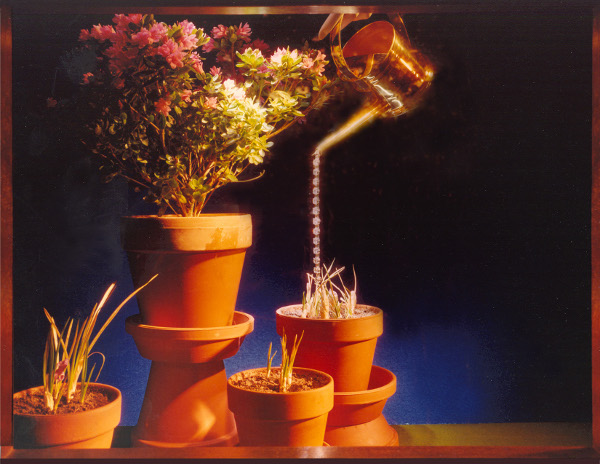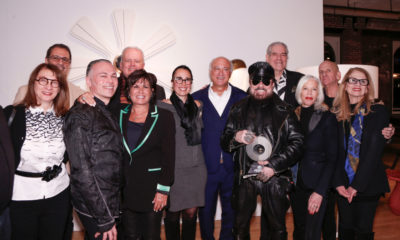
IN 1917, THE ICONIC Parisian jeweler Pierre Cartier purchased a mansion on Fifth Avenue at 52nd Street in New York from financier Morton Plant. Plant wanted to move to “the country,” aka 86th Street, where he wouldn’t hear the hoofbeats of horses trudging down Fifth Avenue — and his wife wanted a pearl necklace. The mansion was sold to Cartier for $100 cash along with a million dollar necklace for Mrs. Plant. Thus began Cartier’s legacy as the jeweler of Fifth Avenue.
The challenge facing every retailer, whether in the gaslight days of Morton Plant or the technology driven environment of today, has always been to compel shoppers to stop, look and buy. In 1967, Cartier hired young Raymond Mastrobuoni to help meet this challenge in his Fifth Avenue store.
What followed were 40 brilliant and magical years of window displays on Fifth Avenue. Mastrobuoni captivated New York with his humor, aesthetic sensibilities and commentary on the events of the day. His wit and imagination were his most potent tools, providing him with the ability to mesmerize passersby. Never afraid to try something new, his mantra was, “If you can imagine it, you can create it.”
During his tenure at Cartier, Mastrobuoni installed five windows every two weeks and never once duplicated a concept. “Pique their interest, compel them to stop, look and think,” was his guiding principle. “Don’t present the obvious, encourage them to hunt and discover.”
Mastrobuoni’s contemporary and amicable rival was the celebrated Gene Moore. At 57th Street, Moore was creating shadow box splendors for Tiffany & Co., while on 52nd Street, Mastrobuoni was producing art and whimsy for Cartier. The two raged a friendly “Thirty Years War,” a battle for jewelry window supremacy that rocked New York’s Fifth Avenue from 1967 to 1994, when Moore retired.
Advertisement
In 2007, Mastrobuoni retired from Cartier after four decades of awe inspiring work. For the indefatigable Mastrobuoni, retirement meant lecturing on the art of visual merchandising, designing a jewelry store on Rodeo Drive and creating a window display on Fifth Avenue for Van Clef and Arpels.
This past January, Ray Mastrobuoni passed away, leaving a rich legacy of artistic mastery through his selected medium, Cartier’s acclaimed windows. For Mastrobuoni, inspiration was everywhere, and everything was a potential subject for his artistry. If he couldn’t find it, he would make it. Themes included Cabbage Patch dolls, New York garbage and window washer’s strikes, box office hits such as “Bonnie and Clyde”, and Salvador Dali’s renowned painting “Persistence of Memory.” When his wife accidentally dropped her diamond engagement ring down the kitchen sink, it inspired a window showing the cross-section of a sink, revealing a diamond caught in the drainpipe
The industry owes Mastrobuoni a large debt of gratitude, as his brilliant career bridged the gap between “display” and “visual merchandising.” With a wide array of tools at hand, ranging from hot glue guns to sophisticated software, Mastrobuoni was part of a grand evolution that ushered the visual merchandising and window design profession into the 21st century.
PHOTO GALLERY (4 IMAGES)
📷: Cartier/ Eric Feigenbaum, New York

 Photo Gallery7 days ago
Photo Gallery7 days ago
 Headlines6 days ago
Headlines6 days ago
 Headlines1 week ago
Headlines1 week ago
 Headlines2 weeks ago
Headlines2 weeks ago
 Designer Dozen2 weeks ago
Designer Dozen2 weeks ago
 Headlines1 week ago
Headlines1 week ago
 Special Reports2 weeks ago
Special Reports2 weeks ago
 Designer Dozen5 days ago
Designer Dozen5 days ago


























